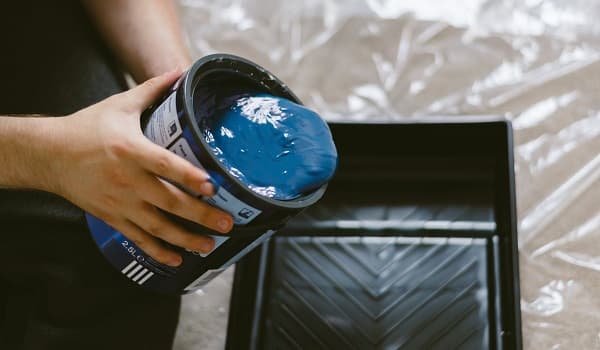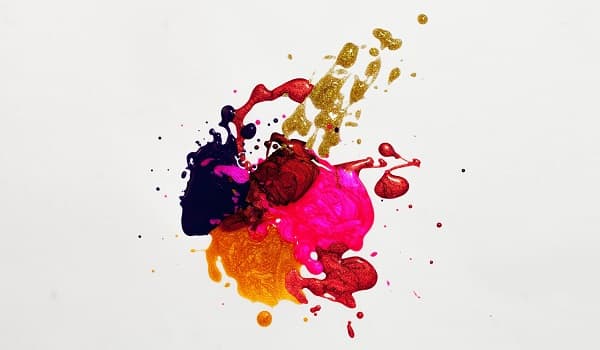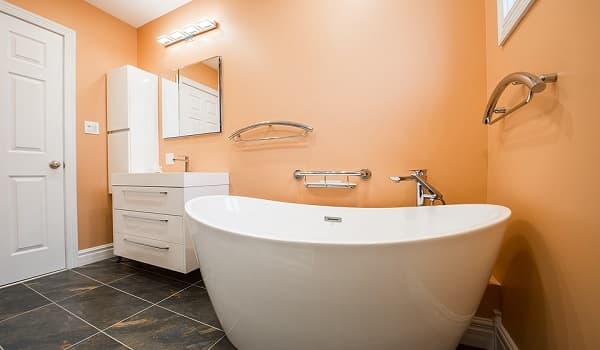Home » Home Decor » A guide on using different types of paints
Painting is one of the easiest ways of remodelling your home. However, today’s marketplace features a wide variety of house paints. Homeowners, therefore, often become confused about making the right choice.
Before we share our guide on where to use the different kinds of paints available, we need to stress the importance of using quality paints.
Painting your house is a basic remodelling project, but it is still pretty costly. To get the best return on your investment, it is important to choose well-reputed paint brands. The paints, regardless of their type, should be able to last long. Also, they should be compatible with local environmental conditions.
We recommend Master Paints, which is a popular paint brand in Pakistan. The company’s large variety of paint products allow homeowners to create the house interiors and exteriors they dream of.
If you are planning to paint your home, you should be aware of the basic options available. Knowing what paint is best suitable for which area is also helpful in ensuring home value.
Water-based and oil-based paints

Before we explain the variety of house paints the market has to offer, let’s start with the most basic options first.
House paints come mixed with solvents. The solvent is the liquid component that evaporates upon drying. This could either be water or oil.
An oil-based paint is not to be confused with enamel. This type of paint is composed of an organic solvent; typically turpentine. It takes more time to dry, but offers better durability at the same time. However, oil-based paints don’t offer much flexibility once completely hardened. They are likely to crack, yellow, and become chalky as time passes.
Water-based paints, also known as acrylic paints, are almost entirely composed of water as a solvent. Compared to oil-based paints, they are quicker to dry, but offer a lower sheen level. But the effect achieved lasts for a longer period. The reason is the paint’s resistance to UV rays and other environmental conditions. Therefore, water-based paints make for excellent applications on house exteriors.
Consider the Master Weather Resistant, which contains a 100% acrylic-based emulsion. It is perfect for applications on previously painted exterior surfaces such as plaster, brick, and cement.
Matte and satin paints

Matte and matte enamel are common choices for interior walls. Matte finish means that the dried paint will have no sheen at all. It works nicely to cover up wall imperfections. This is why it is a good option for remodelling older houses. A matte finish paint also works well for ceiling applications – or any surface where you want to minimise distraction.
Meanwhile, matte enamel is similar to a matte finish, but brings more durability. Its easy-cleaning property makes it suitable for kitchens, homes with young children, and surfaces that require regular wiping. Consider the Master Matte Enamel in sea shell finish.
Satin finish paint, despite its common use for interiors, is often quite misunderstood. It does offer sheen, but not on a very elaborate level.
The sheen looks rather soft, and the dried finish provides somewhere between a glossy and a matte effect. This type of paint is good for walls where regular cleaning is needed, but not for those which feature a lot of imperfections.
Specially-formulated paints

If you are looking to resolve a particular issue, then the market does offer specially-formulated paints. These feature varieties that are resistance to mould, moisture, and fire – and are meant for targeted home applications. A water-prone wall in a bathroom or the kitchen is a good example.
Other common paint types include glossy finishes, primers, distempers, and epoxy.
Glossy paints are not recommended for surfaces prone to imperfections, but they offer a luxurious dried result. Primers differ depending on surfaces painted and seal imperfections. Distempers offer quality white washes for both interiors and exteriors. Epoxy paints are typically used as floor coverings.
Share your knowledge about paint types and their suitable uses in the comments section below.



